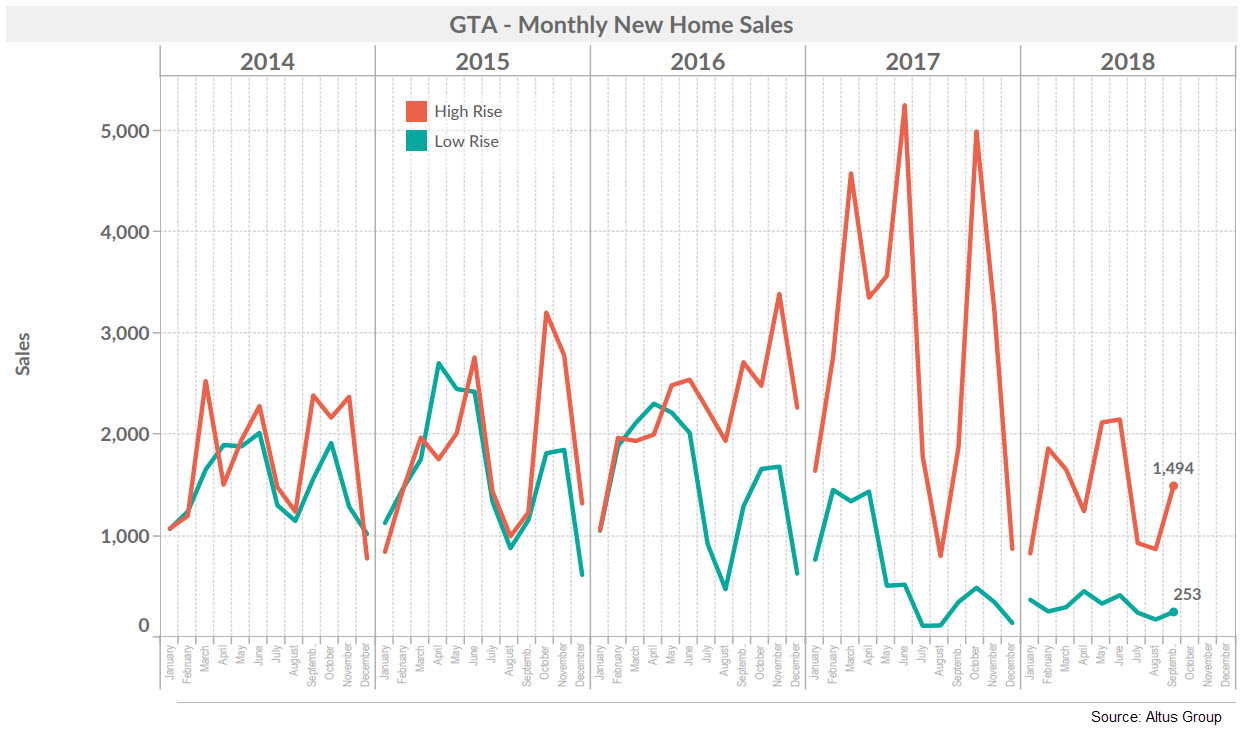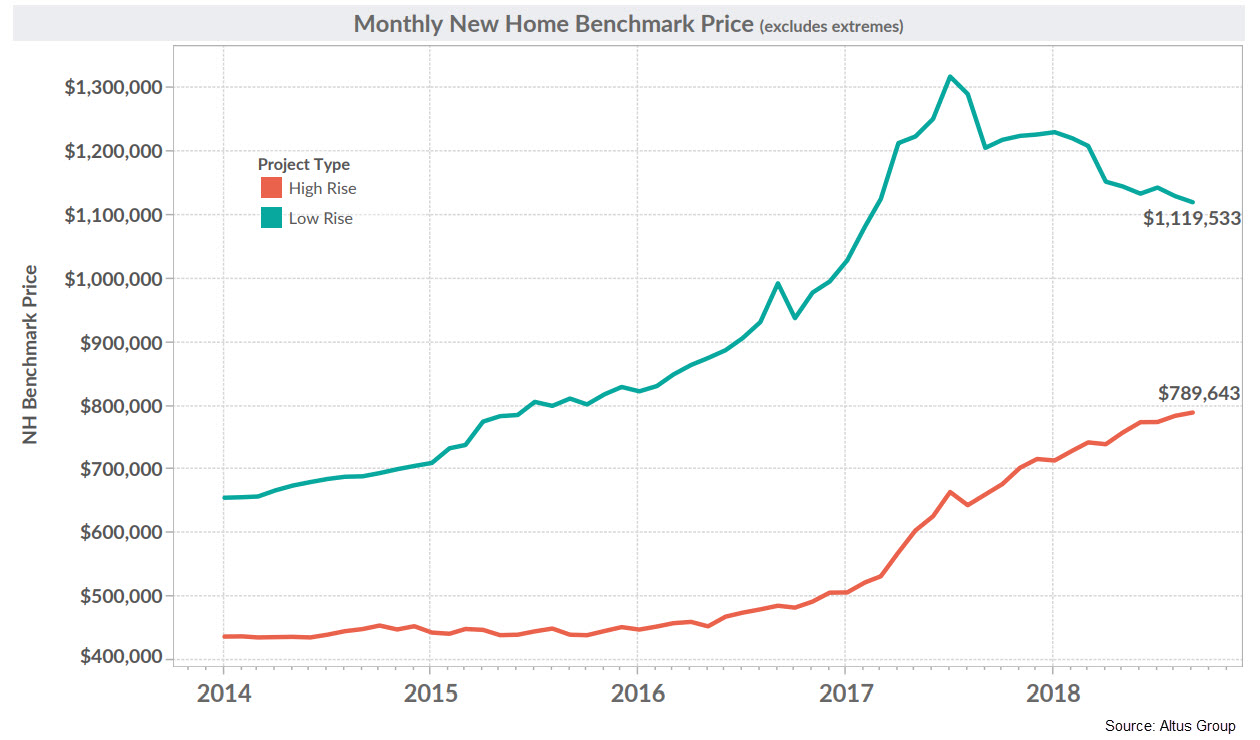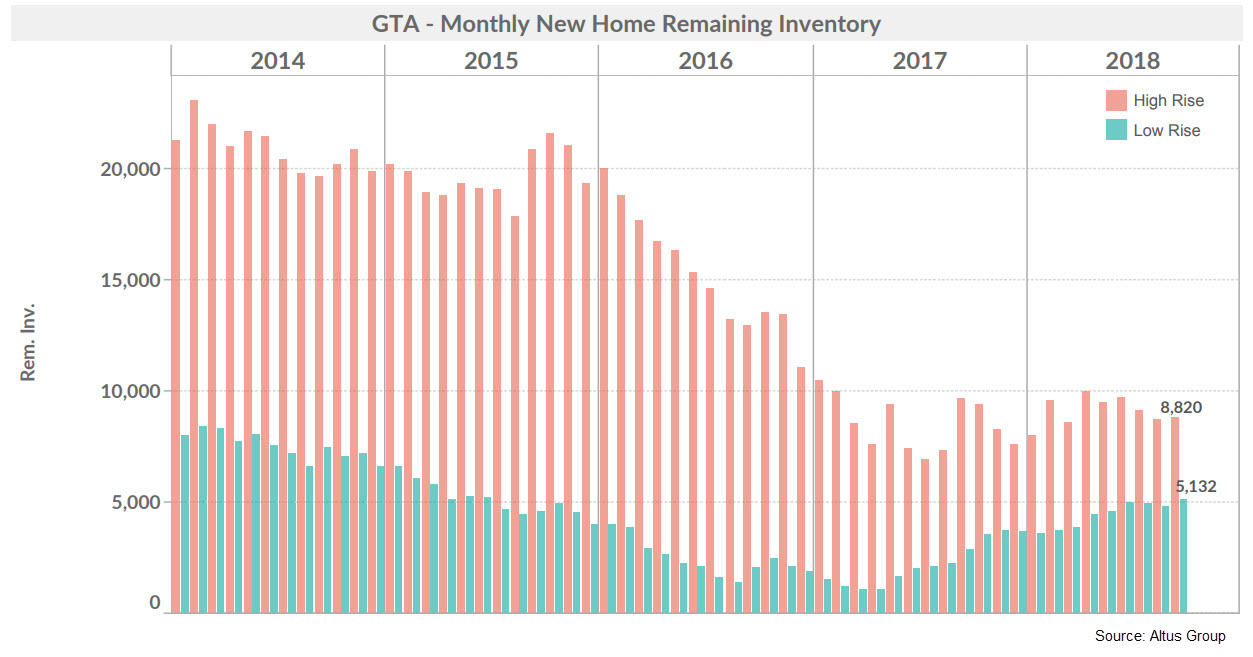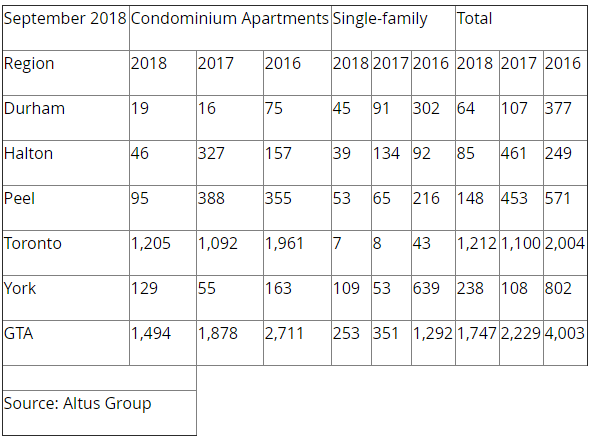Whether it’s to afford a home renovation, invest in a child’s education or simply pay for unique expenses – like weddings and funerals – a home equity loan or a home equity line of credit are popular borrowing options for Canadian homeowners.
While mortgage debt accounts for 66% of all household debt, only 11% is tied up in home equity lines of credit. The average home equity line of credit balance in Canada is about $65,000.
Yet many Canadians might still not fully understand what a HELOC is or how it is different from a home equity loan. Here, we break down the various home borrowing terms so you can determine which loan is right for you.
What is a home equity line of credit (HELOC)?

According to Nicole Beaton, District Vice-President of Calgary South with TD Bank, a HELOC allows homeowners to use their home’s equity as collateral to fund a number of financial needs.
Using your home as collateral means limits can be higher than other borrowing options and banks can often offer a lower interest rate. The Financial Consumer Agency of Canada (FCAC) describes HELOC’s as revolving credit: people get money, pay it back and borrow it again to a certain maximum credit limit. This is different from a home equity loan.
What is the difference between a HELOC and a home equity loan?
Don’t get these two confused. While they both use your home’s value as collateral, they are essentially two different types of loans.
A home equity loan lets you borrow one lump sum of money, which you must make monthly payments on at a (usually) fixed interest rate over a predetermined length of time. These are common for people who need a large sum of money in a short amount of time.
A home equity line of credit, on the other hand, is similar to a credit card. You only pay interest on what you use and you can draw from it as needed. Interest rates are variable and calculated daily based on the prime rate.
What about a “second mortgage”?

A second mortgage is exactly what the name implies. It can be used to describe any loan that uses home equity as a means to borrow, though it typically refers to a home equity loan (one lump sum cash out) over a home equity line of credit. The first mortgage always takes priority over the second mortgage.
The term “second mortgage” can be confusing since you can technically have a HELOC as a first mortgage – that is if you own a house free and clear and you simply want a line of a credit on it. Most of these loans, however, are second mortgages.
How does a home equity loan work versus a HELOC?

For a home equity loan, you can borrow up to 80% of your home’s total appraised value minus the unpaid balance of the existing mortgage.
It works a bit differently for a HELOC. You can access up to 65% of your home’s market value with a HELOC and “the amount of credit available in the home equity line of credit will go up to that credit limit as you pay down the principal on your mortgage,” according to the FCAC.
Keep in mind, however, your outstanding mortgage + your HELOC cannot equal more than 80% of your home’s total value. Neither loan is a viable option for most new homeowners, who have yet to pay off a large chunk of their mortgage or who began their home buying journey with a down payment of 20% or less.
To determine how much home equity is available to you, multiply your home’s current market value by 80% and then subtract your mortgage. As long as this amount is not more than 65% of the value of your home, you qualify. Divide the HELOC number by your home’s market value to make sure.
Advantages to a HELOC vs. home equity loan

Nicole Wells, Vice-President of home equity finance for RBC, says HELOCs are appealing to homeowners for a multitude of reasons.
“It’s always there for the consumer when they need it,” she says.” They only pay interest on what they use and they can pay it back at any time without a penalty.”
Not only are interest rates on a HELOC lower than that of an unsecured loan but, because repayment is flexible, it can be a great fallback option for borrowing on a rainy day.
“A lot of people are using this option because it gives them the flexibility they need for when life happens. They have the ability to access funds without having to apply for any additional credit,” says Beaton. “And it also gives customers additional flexibility on a payment.”
Other advantages include the freedom to borrow as much as you want (within the maximum limit), access cash easily, consolidate debts (from credit cards or other loans) for a lower overall interest rate and only pay interest on what you borrow.
Disadvantages

As with a home equity loan, you’ll suffer if you can’t repay. Foolhardy homeowners who habitually only pay monthly minimums might end up carrying large amounts of debts for a long time.
Unlike most home equity loans, interest rates are not fixed and can increase at any time with a HELOC. And if you switch your mortgage to another lender, you have to pay off the entirety of your HELOC with your previous bank first.
If you can’t pony up, your credit score will suffer and your home could even be repossessed. The accessibility and flexibility of the HELOC are what could be your downfall, so foresight and careful financial planning are key.
“Like any credit product, you want to make sure you’re borrowing what you can afford, you’re using what you can afford and you have a plan to pay it back,” says Wells.
Which loan is right for you?

You might choose a home equity loan if you need to pay for a one-time event and prefer the security of a fixed-rate loan. A HELOC, meanwhile, is a great option if you need to borrow over a longer period of time and need more flexibility.









 Maziar Moini, Broker of Record - Home Leader Realty Inc.
300 Richmond St. W., #300, Toronto, ON M5V-1X2
Maziar Moini, Broker of Record - Home Leader Realty Inc.
300 Richmond St. W., #300, Toronto, ON M5V-1X2

